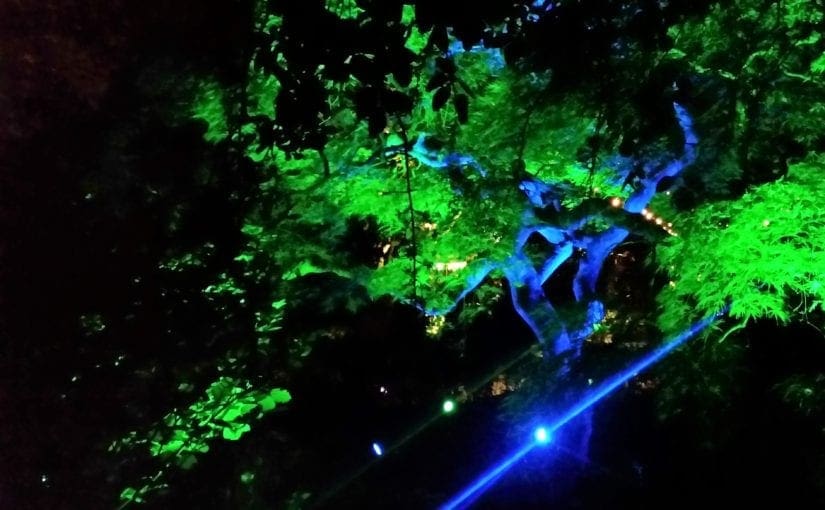Most recently updated September 22nd, 2022
Years ago, when my daughter was about 3 years old and I was looking for outdoor activities for smaller kids, a friend introduced me to the JC Raulston Arboretum in Raleigh.
For my daughter – and for me, too – it was a magical place.
This was partly because we were living in a rented townhome with not even a minimal yard, and partly because the arboretum really is magical! 🙂
But seriously, it does seem to be getting more difficult to find simple inexpensive fun outdoor activities for toddlers, especially if you don’t have a home with your own yard.
This is a real shame, because toddlers love getting outdoors to run around in the sunshine, play with bugs, and eat dirt.

Fortunately for me, the JC Raulston Arboretum was only a short drive away, and was a great place to get outdoors and explore without any admission or parking fees – or even funnel cakes or anything-on-a-stick that I had to say “no” to.
Fortunately for everyone, although it has grown a lot in the past 20 years, the JC Raulston Arboretum is still a magical and inexpensive place to take young children to play outdoors.
They can feel the sunshine, eat dirt, and maybe learn a few things about trees and plants, too.
ABOUT JC RAULSTON ARBORETUM

The arboretum was founded in 1975, to serve as a living laboratory for students and faculty at NC State University , and as a resource for professionals in the green industry and also for the public.
J. C. Raulston taught in the university’s Department of Horticultural Science , and was actually brought in to take charge of developing the arboretum.
In 1976, he made the first plantings on part of an eight acre parcel designated as the NCSU Arboretum, with the help of a few dedicated students.
Some of my posts contain affiliate links. If you make a purchase through an affiliate link, I will receive a small payment at no additional cost to you. I do not get paid for recommendations, all opinions on this site are my own. See full Disclosure page here.
Over the years, the Arboretum has grown to 10.5 contiguous acres, and has achieved international recognition for an imaginative use of resources and excellent plant collections.
J. C. passed away in 1996, but the Arboretum has continued to grow.
In 2002, the Ruby C. McSwain Education Center provided needed indoor administrative and educational space. New staff buildings and a visitor center allowed for the growing number of activities and for staff, volunteers, and supporters to participate on-site at the arboretum.
CULTURAL SHIFT TO THE INDOORS
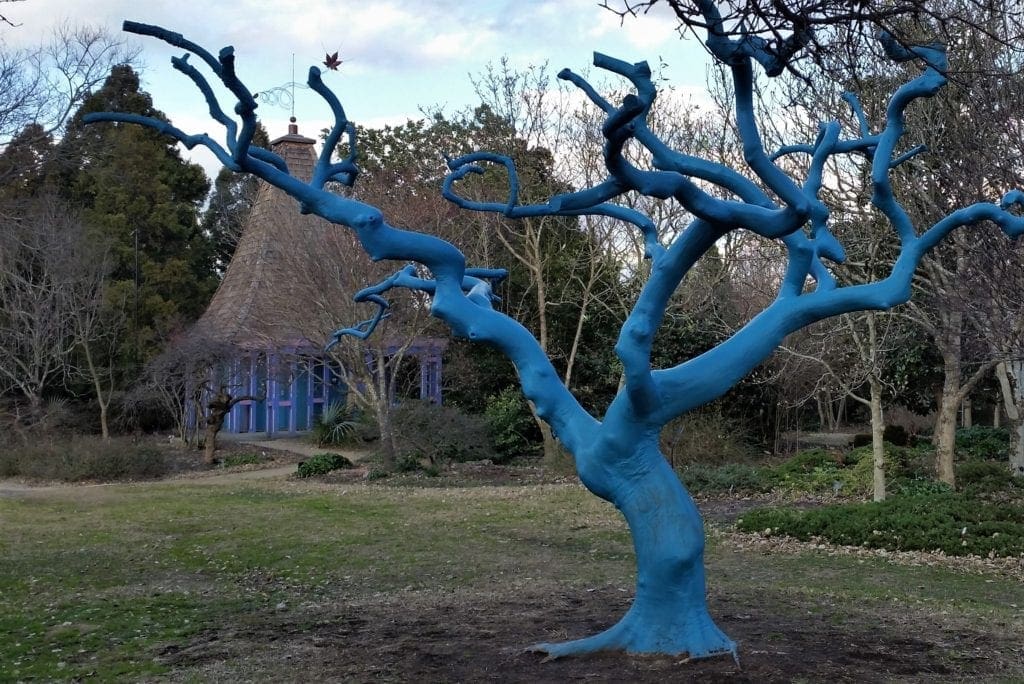
Since the 1990s, researchers have noticed a dramatic shift in how children spend their free time.
One of the biggest differences is how much more time today’s kids spend indoors.
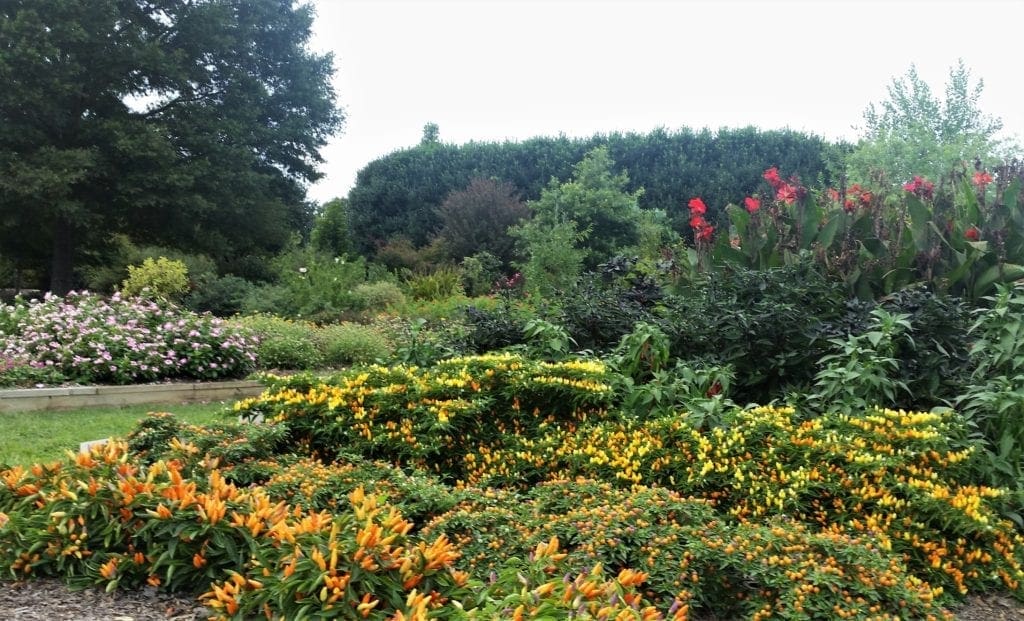
More time spent with electronic devices, scheduled activities, and worries about sun exposure all contribute to less outdoor time.
Changes in parenting style has also been a factor.
I remember getting kicked out of the house after chores were done, and told to be back in time for supper.
Neighborhood kids would roam in a pack, sometimes on our bikes, and were allowed to play largely unsupervised until the dinner bell.
Today, kids are more likely to have parents who are afraid to allow them to roam free, even in suburban neighborhoods, because of safety concerns.
The days when kids spent hours outside building forts, fording streams and climbing trees have been mostly replaced by video games, television, and organized activities and playdates.
BENEFITS OF OUTDOOR ACTIVITIES
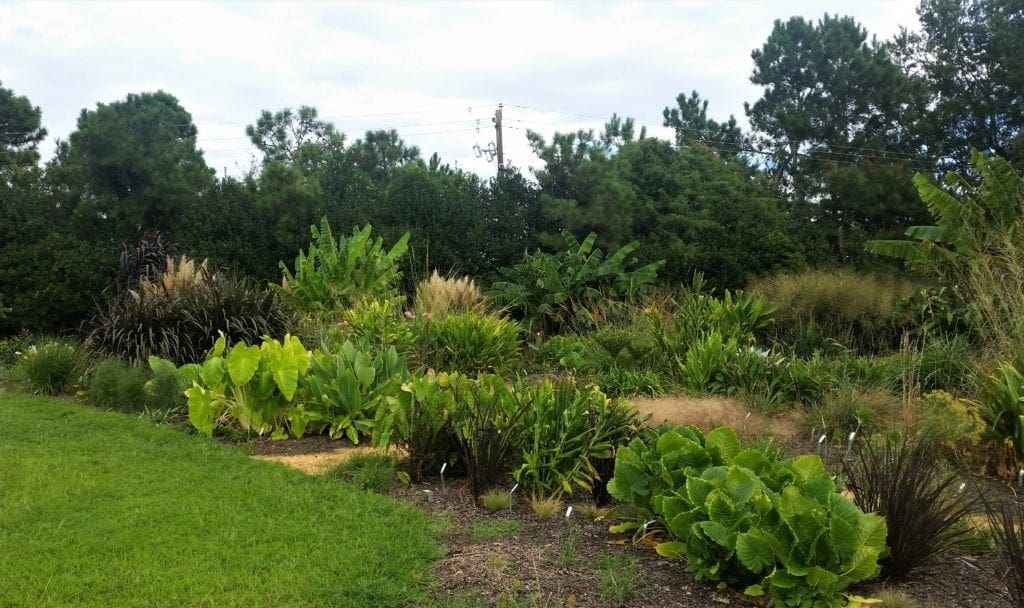
Studies show that one very simple thing you can do for your child’s health is to make sure she spends plenty of time playing outside.
Children should be active for at least an hour every day.
They can always exercise indoors, but getting kids outdoors encourages active play, which is really the best exercise for them.
The average American child now spends five to eight hours a day in front of a digital screen, often instead of time outdoors. We’ve replaced green time with screen time, and the results have not been very healthy.
And it’s not just the kids – adults are spending less time outdoors, too.

The good news is that reversing this trend – at least in your own family – can be easier than you think, and quality outside time can fit into even the busiest of schedules.
It is worth the effort – and the benefits go far beyond a little time spent in the sunshine.
SOLAR POWERED KIDS
It turns out that our bodies need sun. Our bodies work best when they get some sunshine every day.
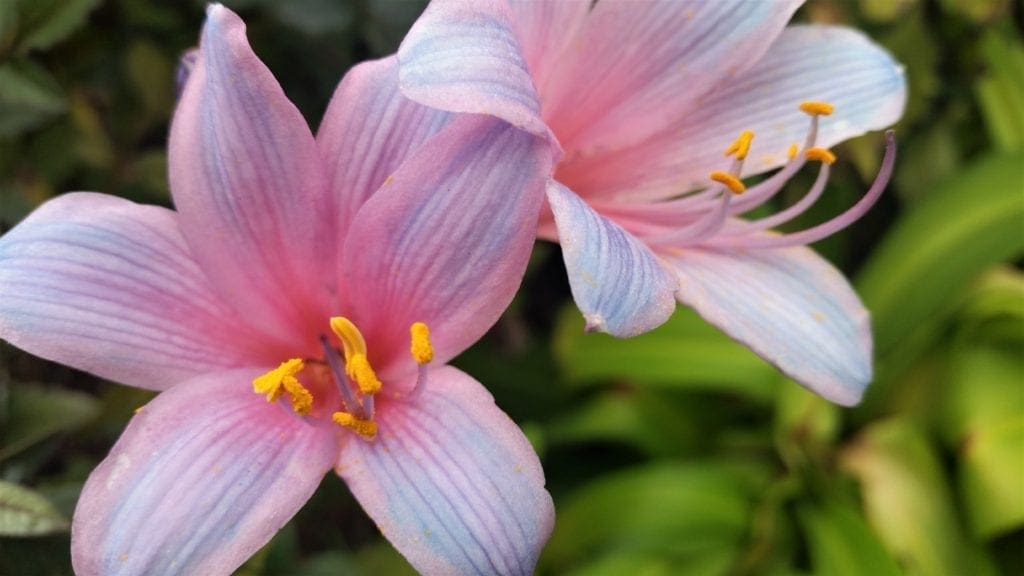
Playing in the sun is a natural way to build up vitamin D in the body, which means stronger bones and less likelihood of developing chronic diseases.
According to the American Academy of Pediatrics, many children have vitamin D deficiencies.
Sun exposure plays a role our immune system, as well as in healthy sleep — and in our mood.
MENTAL HEALTH BENEFITS
Spending time in nature is associated with having a good mood and feeling happy. There are scientific reasons for this.
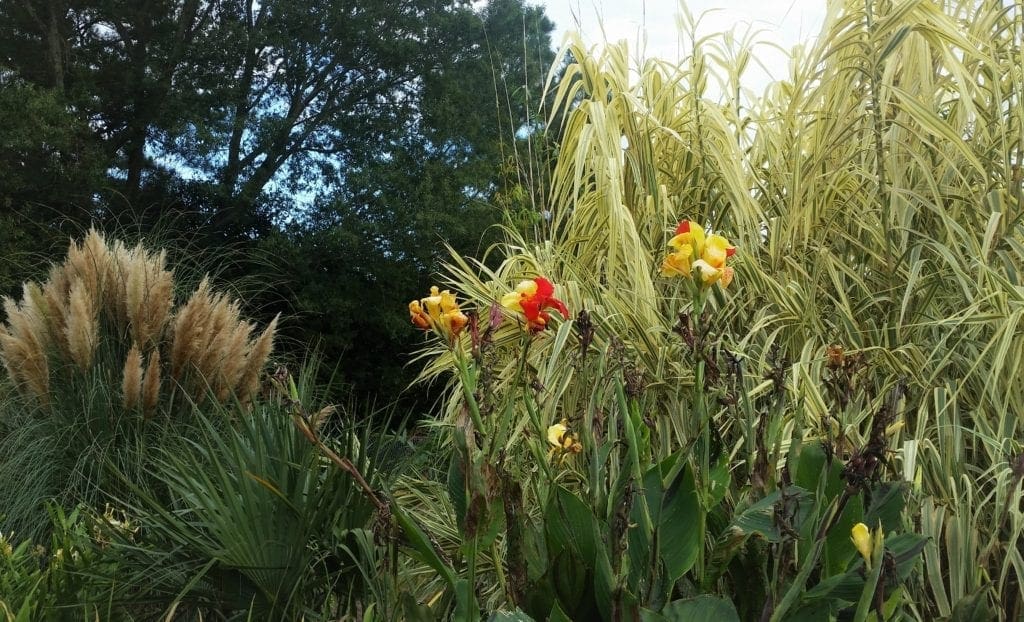
Outdoor light stimulates the pineal gland. This part of the brain is vital to keeping our immune system strong and making us feel happier.
Being outside also seems to replenish minds exhausted from practicing self-discipline – which is required for following instructions in school or other guided activities.
Being outdoors re-energizes the part of the brain that controls concentration and delays gratification.
A study of 169 girls and boys in Chicago found that girls who had greener views from their apartments did better on tests that measured self-discipline.
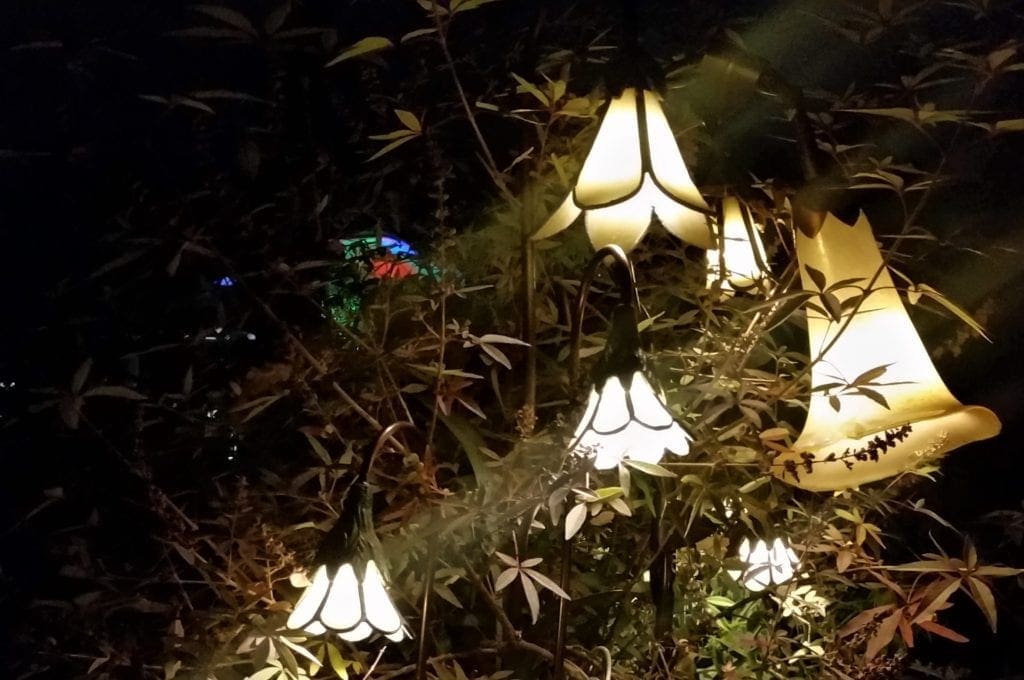
These benefits may be even greater for children with attention-deficit disorder.
A survey of 96 families in the Midwest asked parents which activities appeared to decrease their child’s symptoms.
Parents consistently chose “green” activities as having a positive effect.
“Most of us have a pretty significant nature deficit and would be healthier if we could address that deficit by spending a little more of our time in an outdoor setting,” says Robert Zarr, founder of Park Rx America and a pediatrician in the District.
Park Rx America encourages doctors and other health providers to “prescribe” time in nature.
MUD PIES ARE GOOD FOR YOU

Though there are bacteria, fungi and viruses that make us sick, many more are essential for our good health.
Research suggests that it’s important for young children to develop a healthy “microbiome,” or personal microbe ecosystem.
“The immune system is there to act like a gardener or a national park warden,” says Jack Gilbert, a microbiologist at the University of Chicago and co-author of the book “Dirt Is Good.”
“It’s there to promote the abundance and growth of good bacteria and act as a barrier to the generation of bad bacteria.”
According to Gilbert, if you’re not exposed to enough microbes as a child, you can end up with an underdeveloped immune system, which can cause a host of problems like autoimmune diseases, inflammatory bowel disorders and allergies.
Being around dirt, in the garden, arboretum or playground, can help kids develop a healthy microbiome that helps prevent these issues.
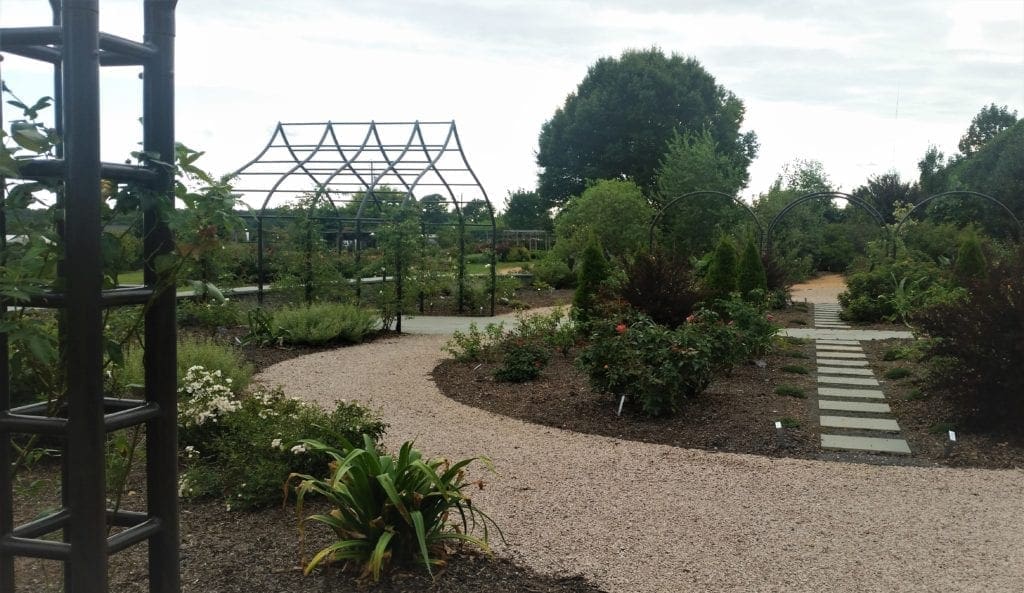
An added bonus is that children who identify with Nature are more likely to grow up to be adults who appreciate and want to protect the environment.
And the best part is all of these benefits — especially those related to health and well-being — also apply to the adults who are spending more time with their children outdoors.
WHY VISIT AN ARBORETUM?
For many families, a lack of safe green places to play is also a factor – which is where natural spaces like gardens, arboretums and parks can help.
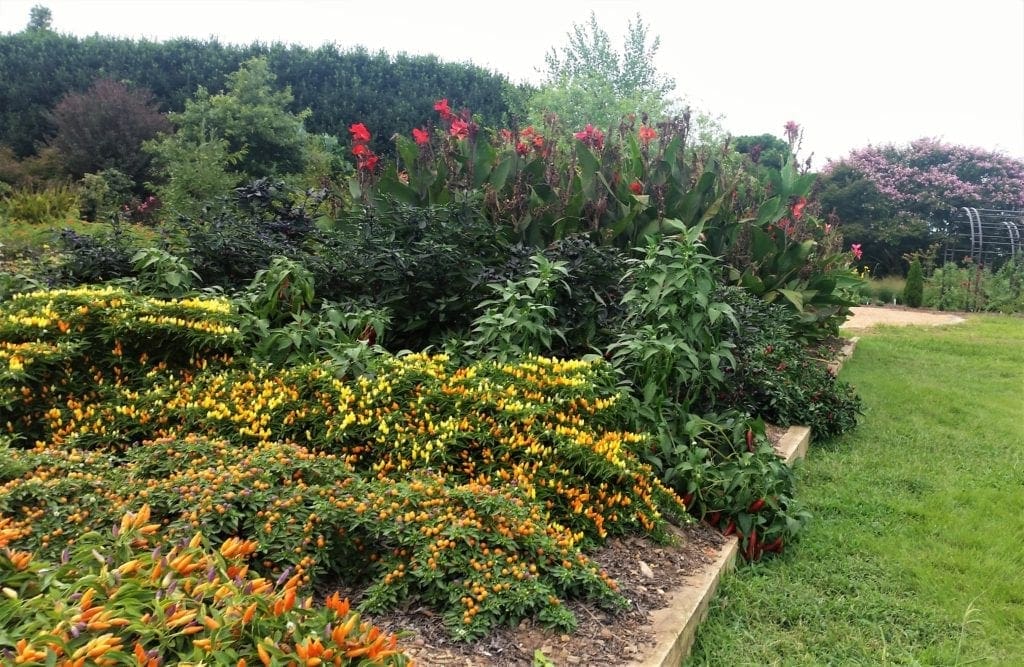
When visiting botanical gardens or places like the Raleigh arboretum, people can get away from city pavement and crowds and enjoy a natural (though cultivated) space they might not otherwise have access to.
In these special parks, plants from all over the world are cultivated, studied, and displayed for the pleasure of the public.
The Gardens at JC Raulston Arboretum
After you park, you can pick up a map at the Visitor’s Center at the end of the parking lot.
Pathways are hard-surface or unpaved, and wheelchair accessible areas are marked on the map.
NOTE: There are no food options on site unless it’s a special event, but you may bring a picnic. Also, service animals are allowed but no pets.
THE GARDEN AREAS OVERVIEW
Many different small gardens – garden rooms or vignettes – set the stage for displaying new types of plants, or combinations of plants, and also hardscape designs.
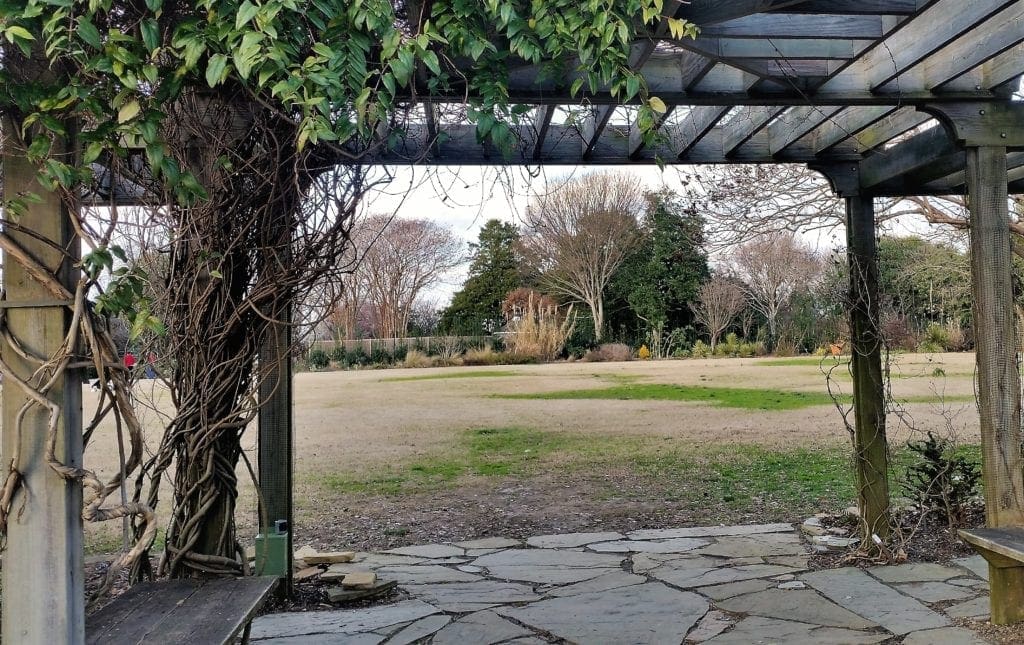
When my daughter and I used to visit, her favorite things were the arboretum cats and the Model Gardens . She also loved the water features wall next to the Education Center.
Though the cats are no longer with us, the Model Gardens and the waterfalls are still there, along with newer additions.
Some of the gardens follow a formal design with a particular theme, and others address contemporary issues or explore new techniques in landscape design.
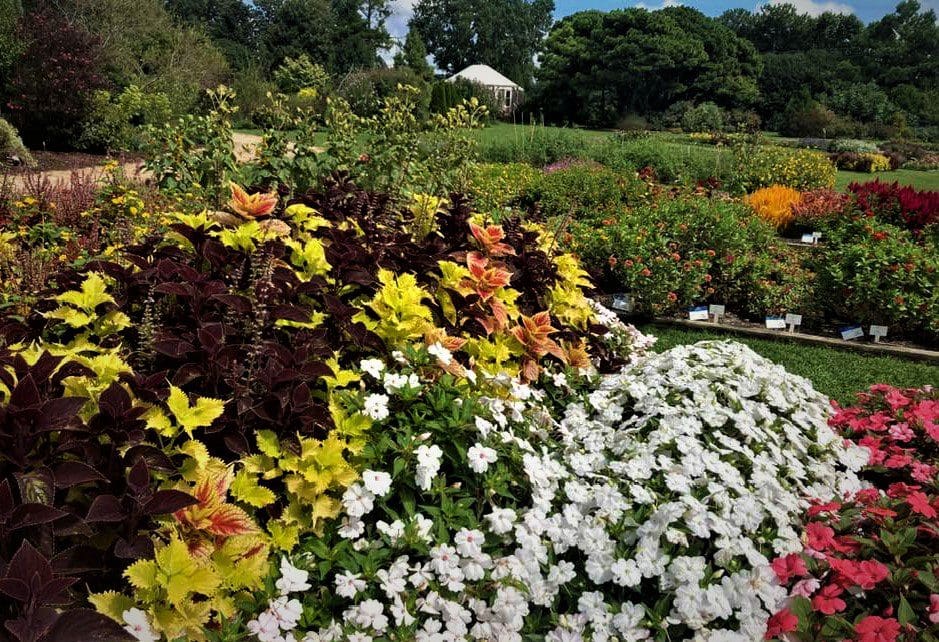
The older landscaped garden areas include the Perennial Border, Mixed Border, White Garden, Lath House, Rose Garden, Winter Garden, and student-designed Model Gardens and the Necessary – a quirky restroom building with a weather vane on top!
These gardens have been periodically updated and refreshed as needed, and there’s always something new to see.
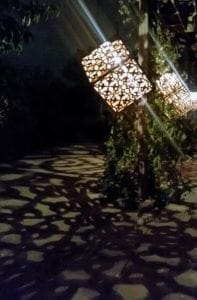
Garden areas built later on include the Asian Valley, Plantsmen’s Woods, the Swindell Contemplation Garden, Xeric Garden, Scree Garden, and many more gardens and pathways made accessible for the disabled and all visitors.
The Great Lawn, which is now an open lawn used for events, used to be the Color Trials area – which has since been relocated behind the Oak Grove.
The Great Lawn is a good place for picnics and for kids to run around off the paths without fear of injuring any of the plants.
You can get a free tour of the Arboretum every Sunday at 2pm, or visit anytime on your own. The arboretum is open every day of the year.
A stroll through the gardens in any season is inspiring, since the arboretum is home to both perennial plants and annual plantings.
Each garden area is always full of new ideas that you can try in your home gardens and landscapes.
These gardens are on display NOW:
A. E. Finley Foundation Rooftop Terrace – Urban and container gardeners enjoy an array of water-thrifty, heat-tolerant plants, some living in as little as six inches of growing medium.
Asian Valley – A must for every shade gardener, the garden features Asian trees, evergreen shrubs, and subtropical plants that thrive in our eastern U.S. gardens.
Butterfly Garden – Discover the best herbaceous and woody plants for attracting a wide variety of butterflies, moths and skippers. The Butterfly Garden is low-maintenance, lively and ecologically sound. A favorite destination for children.
Color Trials – See where the best of the best are tested and winners are chosen while enjoying thousands of the newest annuals and tender perennials in flower.
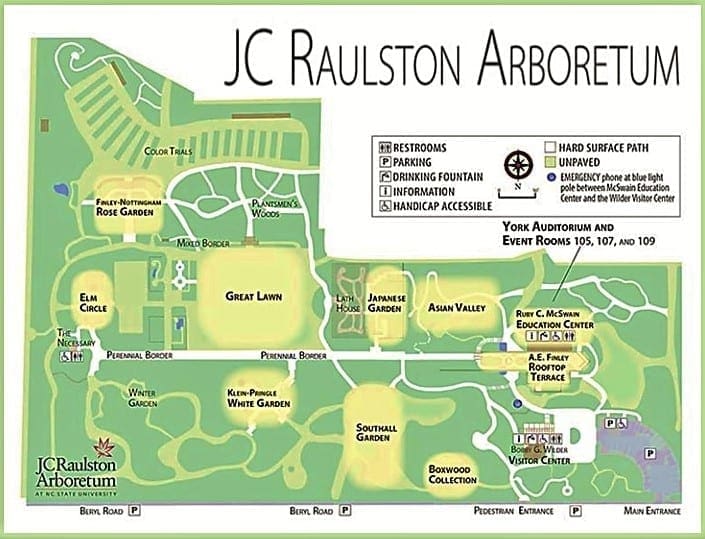
Elm Circle – Home to several spectacular trees, including a signature weeping winged elm, the Circle is popular with visitors from picnickers to brides.
Finley-Nottingham Rose Garden – The rose garden showcases hundreds of old and new rose cultivars from antique climbers to miniatures, and is a must for anyone who wants to grow roses at home.
Geophyte Border – Discover hundreds of bulbs, corms, tubers, and rhizomes that will save time, money, and an increasingly scarce resource—water.
Japanese Garden – Beautiful in all four seasons, this contemplative Zen garden of raked gravel and hand-crafted wooden and stone features is a visitors ‘ favorite.
Klein-Pringle White Garden – Spacious but private, this large southern adaptation of a famous English garden features a romantic Victorian gazebo and is a top destination for weddings and other celebrations.
Lath House – At its best on hot summer days, the Lath House showcases many of the South ‘s most popular plants—those that thrive in cooler shade. The collection includes more than 700 choice varieties.
Mixed Border – This garden is designed to inspire home gardeners with ideas on a residential scale. Try these choice combinations of trees, shrubs, and perennials in your own garden.
Model Gardens – Discover new ideas for landscaping smaller spaces. Small is beautiful in these student-designed gardens made for today ‘s cozy yards.
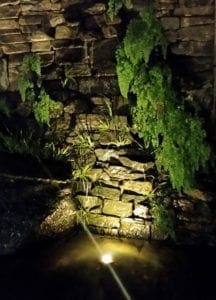
Paradise Garden – With falling water, fragrance, and delightful color, this pleasure garden is designed to stir all the senses.
Scree Garden – Discover some of nature ‘s toughest plants thriving in the extreme conditions of the gravel scree. Dry conditions year round that make this micro-climate a garden of super-hardy survivors.
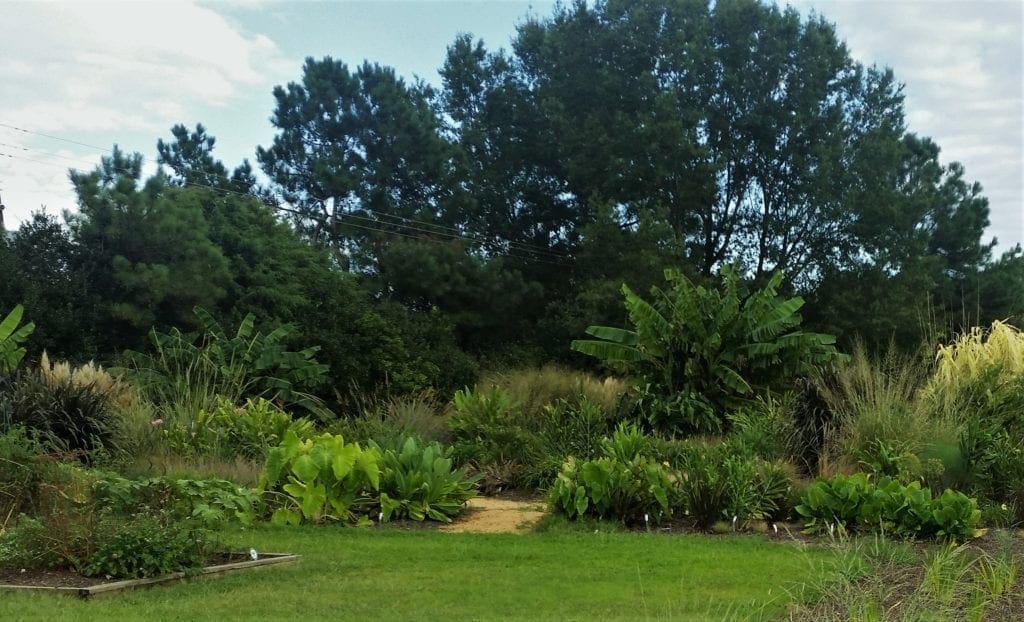
Winter Garden – Experience the pleasures of southern winter gardening with berries, blooms, bark, and fragrance. The Winter Garden is beautiful all year, but peaks from October to March.
Arboretum Children’s Program
If you like visiting the arboretum, but would like to get your child involved in something more formal, you can check out the Children’s Program.
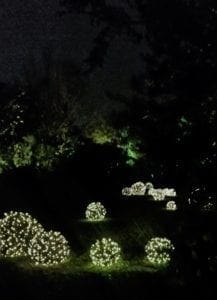
Through the Children’s Program, the arboretum welcomes children and families to explore and learn together.
A variety of creative, fun, science-based programs are available to experience the gardens and explore the interaction between people and plants.
Some Ongoing Programs –Garden Storytime, Garden Buds, Afternoon Walks, Family Fun Events, and so much more!
Summer Garden Camps
If you’re looking for some summer activities for your kids, you can enrich your child’s summer with a week in the garden creating, learning, playing, and exploring.
There are full day camps for elementary and middle school ages and half day for preschool campers.
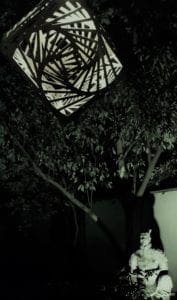
During camp, campers might solve mysteries that the Mixed Up Gardener leaves in the garden in Nature Detectives, or cook up delicious recipes and plan a vegetable garden of their very own in Garden Chefs.
Budding artists spend a week creating artwork inspired by the gardens.
Moonlight in the Garden
Mark your calendars! If you think the gardens are spectacular by day, you don’t want to miss seeing them in all their nighttime splendor!

Moonlight in the Garden 2022 Info
Gates Open from 5:30 PM – 9:30 PM
Timed Entry Tickets
General Admission Night Member Presale Details
Preview Night
Tuesday, Nov 8 – 6:30 PM – 9:00 PM
(Early entry for members starts at 6:00 PM)
Enjoy the music from Tea Cup Gin &
an amazing fall menu from Rocky Top Catering.
Members get first access to the hottest tickets in town… On sale from now until Sept 26 for members only!
New this year for JCRA members only:$30 Anytime Tickets!
Annual Plant Giveaway

Do you like free plants? The JCRA 2022 Annual Plant Giveaway is just days away!
The gate opens at 7:30 AM. Remember to give yourselves plenty of time to park and get checked in.
You Can Get Involved

Fundraising, Volunteering, Membership and Sponsorship are all ways to get involved with the arboretum.
You can see details on the JCRA website
Arboretum Location
The arboretum is located in west Raleigh near the NC State Fairgrounds, two miles west of the NC State University’s main campus. (It is directly across the street from Capitol City Lumber Company.)
4415 Beryl Road
Raleigh, NC 27606-1446
You can park in the arboretum’s parking lot, or if the lot is full, along the road in front. (Please observe any No Parking signs on Beryl Road.) Parking is free.
Hours of Admission
The JCRA is open every day of the year, including holidays, and admission is free. Donations are encouraged.
April–October – 8:00 am–8:00 pm, November–March – 8:00 am–5:00 pm

I hope this post has given you some good ideas about how to enjoy our local Arboretum both on your own and with the family!
Another good local place to get outdoors with your kids is the North Carolina Museum of Art. Read more about it here.
If you have a question I will reply as soon as I can. Thanks for stopping by – see you next time! LJ
To Get New Idratherwalk Posts
sent directly to your inbox (how convenient!) Click this Button
If you like this post, please share it!

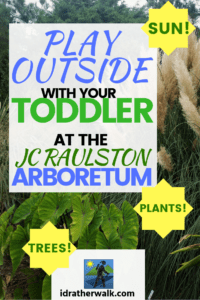

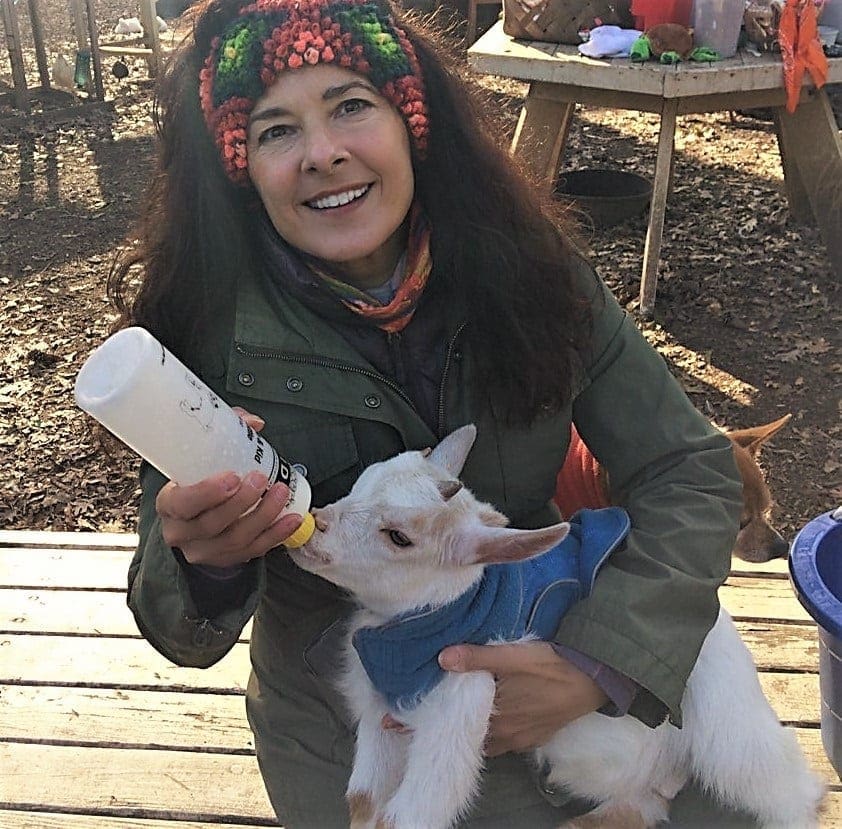
LJ has spent much of her free time as a single Mom – and now as an empty-nester – hiking in the US and around the world. She shares lessons learned from adventures both local and in exotic locations, and tips on how to be active with asthma, plus travel, gear, and hike planning advice for parents hiking with kids and beginners of all ages. Read more on the About page.

